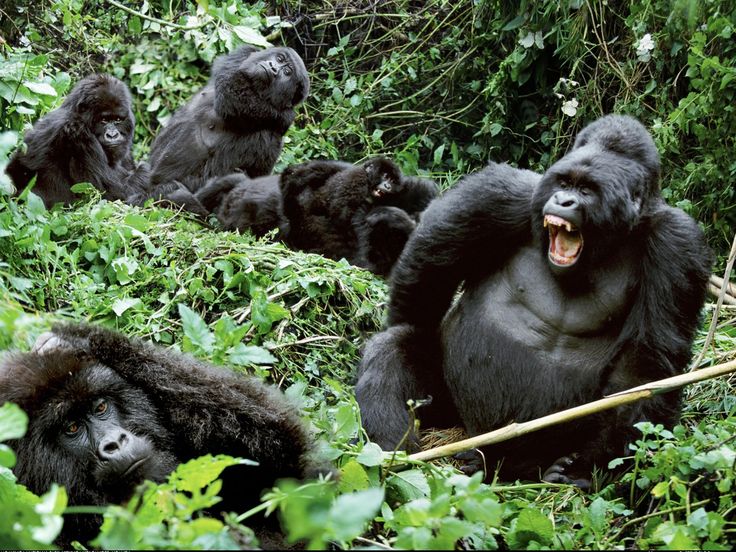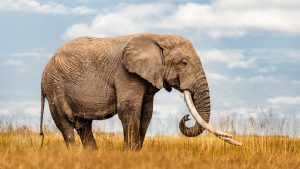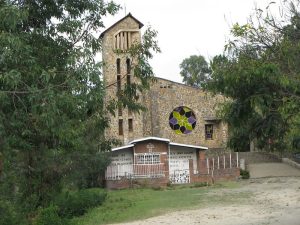Practical tips for planning a gorilla safari
Practical tips for planning a gorilla safari. Planning a gorilla safari is an exciting adventure, but it requires careful preparation to ensure a successful, enjoyable experience. Here are practical tips to help you plan the perfect gorilla safari in Uganda, Rwanda, or the Democratic Republic of Congo (DRC):
1. Choose Your Destination: Uganda, Rwanda, or DRC
- Uganda (Bwindi Impenetrable National Park & Mgahinga Gorilla National Park): Known for affordability and challenging, immersive treks. Uganda is home to half of the world’s mountain gorilla population.
- Rwanda (Volcanoes National Park): Known for easier, shorter treks but at a higher permit cost. Rwanda offers a premium gorilla experience with high-quality accommodations.
- DRC (Virunga National Park): The most affordable permits but less stable politically, requiring more precaution.
Tip: Compare the trekking conditions, permit costs, and accessibility of each country to find the best fit for your budget and preferences.
2. Book Your Gorilla Permit in Advance
- Gorilla permits are limited and often sell out quickly, especially in peak seasons (June-September and December-February).
- Permit Costs (Approx.):
- Uganda: $800 (USD)
- Rwanda: $1,500 (USD)
- DRC: $400 (USD)
Tip: Book your permit at least 6 months in advance to secure your spot, especially if you’re visiting during peak season. You can book through tour operators or directly with the national park authorities.
3. Plan Your Travel Itinerary and Budget
- Length of Stay: Plan to stay at least 3-4 days to account for travel, acclimatization, and the trek itself.
- Budget Considerations: Gorilla safaris can be costly due to permit fees, accommodation, and transport.
- Accommodation Options: Lodging varies from budget-friendly guesthouses to luxury lodges near the parks.
Tip: Consider a package with a reputable tour operator, which often includes transportation, permits, guides, and accommodation, simplifying your trip logistics.
4. Prepare Physically for the Trek
- Gorilla trekking can be physically demanding, with trails that are steep, muddy, and at high altitudes.
- Training Tips: Start light cardio exercises, hikes, or stair climbing a few weeks before your trip to build stamina.
- Altitude Acclimatization: If possible, arrive a day or two early to get used to the elevation, especially for higher altitude parks like Bwindi and Volcanoes National Park.
Tip: Physical preparation enhances your trekking experience, helping you fully enjoy the journey without being overly fatigued.
5. Pack Smart for the Jungle Environment
- Clothing: Long-sleeved shirts, long pants, and waterproof jackets. Dressing in layers is helpful due to fluctuating temperatures.
- Footwear: Waterproof hiking boots with good grip are essential for Bwindi’s steep and sometimes muddy terrain.
- Essentials: Bring insect repellent, sunscreen, gloves (for grabbing onto branches), a hat, and a reusable water bottle.
Tip: Carry a small backpack with essentials, including snacks, water, and a first-aid kit. Some parks have porters available to help with gear.
6. Understand the Rules for Responsible Gorilla Trekking
- Distance: Always maintain a minimum distance of 7 meters (22 feet) from the gorillas.
- Masks and Hygiene: You may be required to wear a mask to prevent transmitting illnesses to the gorillas. Avoid trekking if you’re feeling unwell.
- No Flash Photography: Flash can startle the gorillas, so make sure your camera is set to no-flash mode.
- Quiet and Respectful Behavior: Keep noise to a minimum and avoid sudden movements, as gorillas are highly sensitive.
Tip: Listening to your guide is key; they’re experienced in safely managing interactions between tourists and gorillas.
7. Prepare for Weather Changes
- Rain Gear: Bwindi and other gorilla parks are rainforest areas, meaning rain is likely at any time, even during the dry season.
- Waterproof Covers: Bring waterproof covers for your backpack and camera equipment to keep your belongings dry.
- Dress in Layers: Mornings can be chilly, but temperatures rise as you trek, so wearing layers will keep you comfortable.
Tip: Even during dry months, the forest remains humid and damp, so be prepared for unexpected showers.
8. Hire a Porter to Enhance Your Experience
- Cost and Availability: Porters are usually available at the park entrance for a small fee (around $15-$20 USD), and they can carry your bag, support you on tricky trails, and provide extra help if you get tired.
- Supporting the Community: Hiring a porter not only makes your trek easier but also provides much-needed income to the local community.
Tip: Even if you feel fit, having a porter allows you to focus more on the scenery and makes the trek less physically demanding.
9. Capture the Moments Mindfully
- Photography Tips: Bring a camera with a zoom lens to capture close-up shots while maintaining the required distance.
- Soak in the Experience: While photos are fantastic, remember to put your camera down occasionally to fully appreciate being in the presence of these incredible creatures.
Tip: Practice holding your camera steady without flash, as gorilla movements can be quick and you may only have a few seconds to capture a shot.
10. Respect the Local Culture and Environment
- Community Etiquette: Many gorilla parks are near local communities that value their culture and environment. Respect local customs, seek permission before taking photos, and consider purchasing local crafts as souvenirs.
- Sustainable Travel: Choose eco-friendly accommodations, minimize plastic waste, and follow “leave no trace” principles to preserve the natural beauty of the parks.
Tip: Supporting local businesses contributes to the conservation of gorilla habitats, as tourism revenue often goes toward community projects and conservation efforts.
Conclusion
A gorilla safari is a once-in-a-lifetime experience that requires thoughtful preparation and respect for the natural environment. By choosing the right destination, securing permits early, training for the trek, packing appropriately, and respecting gorilla trekking guidelines, you can make the most of your adventure. Following these tips ensures a rewarding, safe, and responsible experience, allowing you to fully appreciate the wonder of observing mountain gorillas in their natural habitat. Practical tips for planning a gorilla safari



